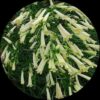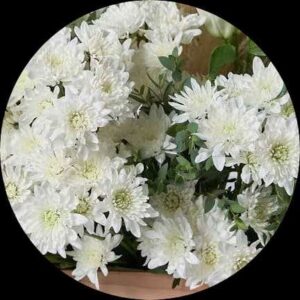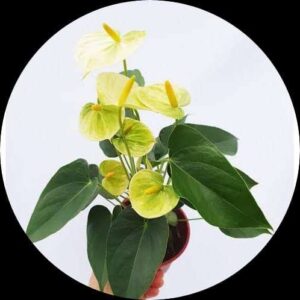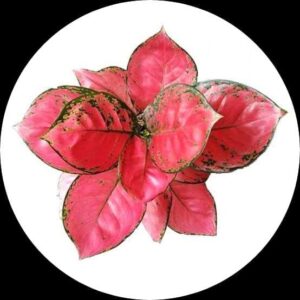- Empty cart.
- Continue Shopping
Dwarf Cassia (Kanikonna)
Original price was: ₹220.00.₹160.00Current price is: ₹160.00.
Genus : Russelia
The Dwarf Cassia (Kanikonna) plant is a stunning ornamental flowering plant that adds a burst of vibrant color to any garden. With its beautiful golden yellow flowers and compact size, it is a popular choice for landscaping and creating visually appealing garden displays. The Dwarf Cassia plant is known for its ability to attract butterflies and bees, making it a delightful addition to any outdoor space. Enjoy the beauty of its blooms and the joy it brings to your garden
Dwarf cassia (Senna bicapsularis var. bicapsularis) is a small, deciduous shrub that is native to South America but is commonly grown as an ornamental plant in many parts of the world. It is also known by several other common names, including butterfly cassia, Christmas cassia, and golden shower.
The plant typically grows to a height of 1-2 meters and has a spreading habit, with branches that grow in an irregular and open pattern. The leaves are pinnate, meaning they have multiple leaflets arranged in pairs along a central axis. Each leaflet is oval-shaped and measures about 2-3 cm in length, and the overall length of the leaf can reach up to 30 cm.
The flowers of dwarf cassia are one of its most striking features. They are bright yellow and grow in large, showy clusters that can reach up to 30 cm in length. The flowers are produced in late summer to early fall and are highly attractive to bees, butterflies, and other pollinators.
Dwarf cassia is a relatively low-maintenance plant and can be grown in a range of soil types, although it prefers well-draining soil. It also prefers full sun to partial shade and is drought-tolerant once established. The plant can be propagated by seed or by taking stem cuttings in spring or summer.
In addition to its ornamental value, dwarf cassia has also been used in traditional medicine for various purposes. The leaves and pods of the plant are believed to have laxative and purgative properties and are used to treat constipation and other digestive disorders. The plant is also sometimes used as a natural dye and for other medicinal purposes.












1 review for Dwarf Cassia (Kanikonna)